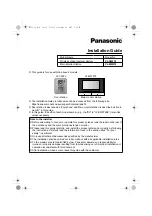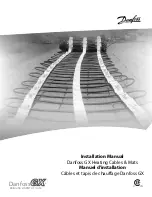
Element
Section 5: Condensate Drain, Trap & Disposal
L-OMM-0003_A
• 10/8/2021 Technical Support • (800) 526-0288 • Mon-Fri, 8 am - 5 pm EST Page
26
of
157
Figure 13
– Condensate Trap Without Condensate Neutralizer
5.2 Condensate Neutralization System (CNS)
The Element is shipped with an optional field-installed CNS.
Condensate is acidic (3 to 5 pH).
In some locations, local codes require it to be neutralized prior
to entering a suitable drainage system. If required, this acidity can be neutralized by routing it
through a CNS. The Element includes a CNS sized for the specific system and shipped
separately. For additional information on the CNS, contact your local Lync representative.
The CNS neutralizes condensate while it slowly flows through a container filled with renewable
neutralizing media. The CNS reduces or avoids the need for separate chemical treatment or
dilution using substantial quantities of tap water.
5.2.1 CNS Installation Requirements
1. Install CNS in a convenient place between the condensate outlet and a suitable drain.
2. CNS must be positioned so condensate flows downhill from the trap outlet to the inlet on one
end of the CNS, and then downhill from the other end of the CNS to the drain. If downhill flow
is not maintained trap will not operate properly and condensate may back up into water heater.
3. Install CNS where the threaded end cap can be removed to recharge the Neutralizer.
4. Follow instructions included with CNS to connect tubing. Use only materials included.
5. The CNS must be mounted horizontally and level.
6. Always keep the condensate trap flooded, except when the Element is turned off for
maintenance or to recharge the condensate neutralizer with replacement media.
W A R N I N G !
Keep the CNS closed at all times while the Element is operating. Failure to keep the CNS closed
during operation can cause potentially hazardous combustion products to enter room and
property damage, exposure to hazardous material, personal injury or death.
















































